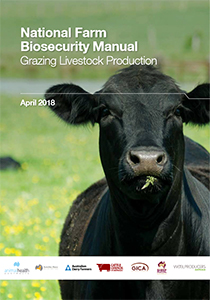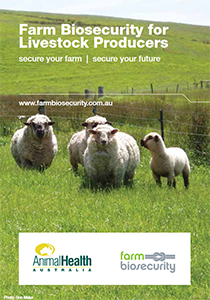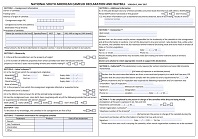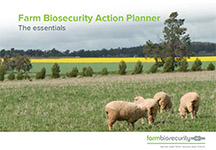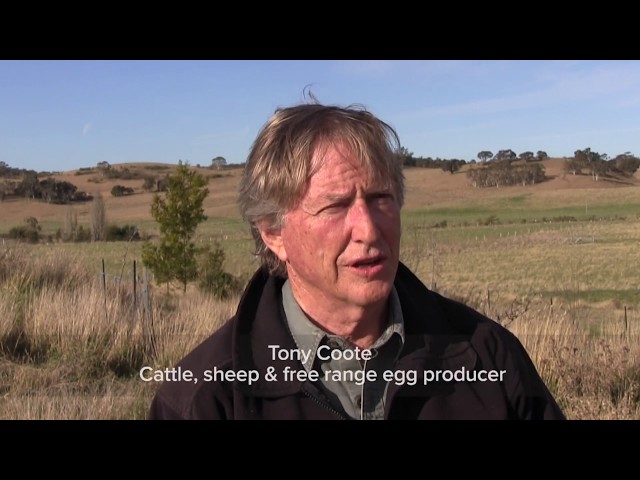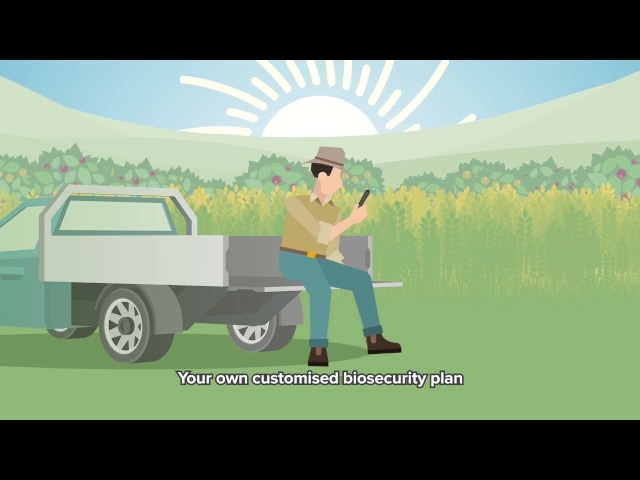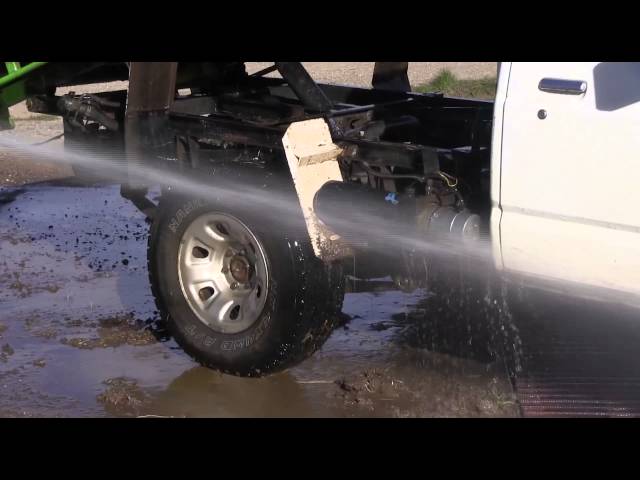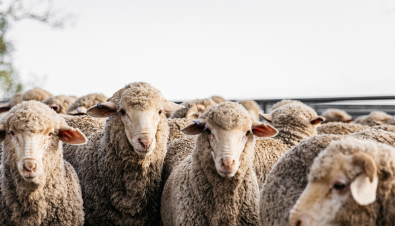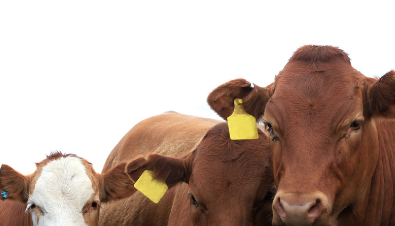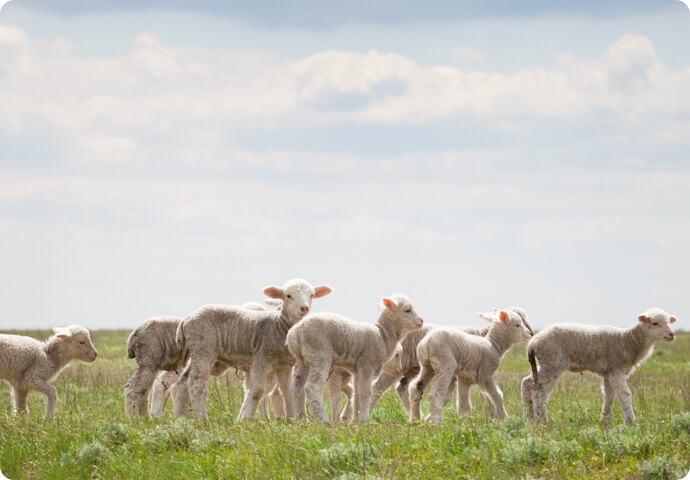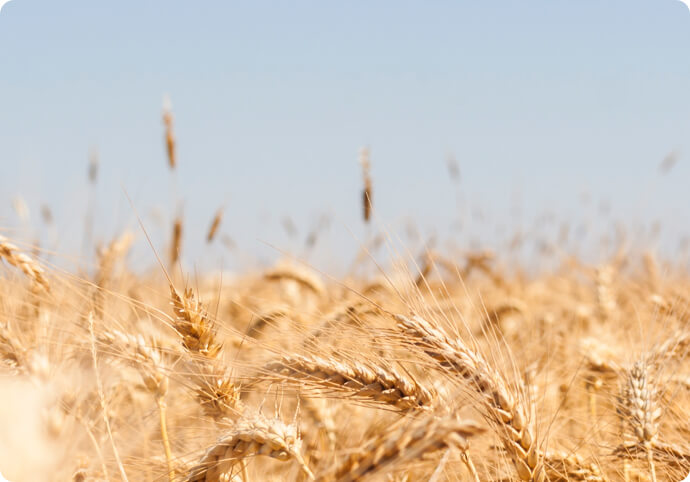The recommended on-farm biosecurity practices for alpaca owners are contained in the National Biosecurity Reference Manual: Grazing Livestock.
The manual provides a set of voluntary, cost-effective guidelines to help reduce the risk of disease entering a property, spreading through the livestock population, and/or being passed to surrounding livestock operations. It outlines recommended measures under five management areas: Livestock; People, equipment and vehicles; Feed and water; Pests and weeds; Management.
For alpaca producers looking to begin an on-farm biosecurity plan, download the On-farm biosecurity plan template.

